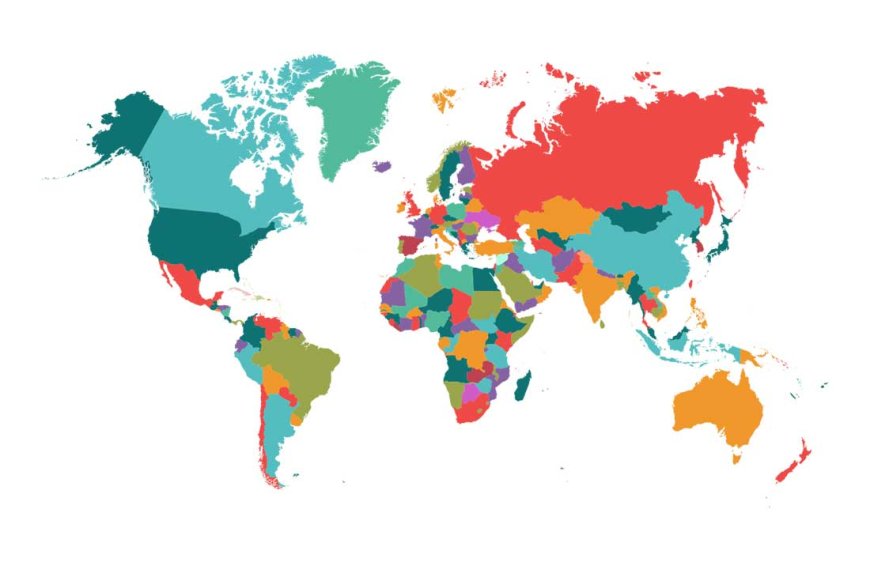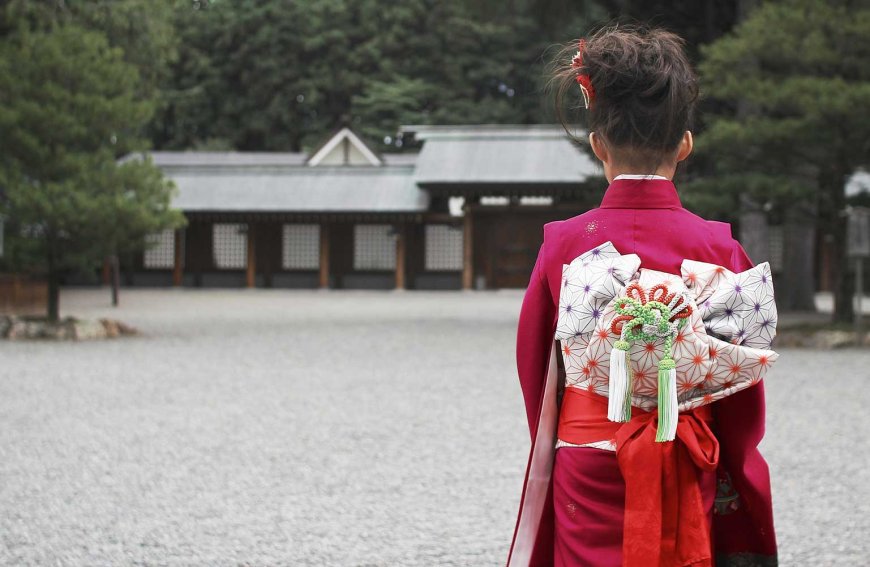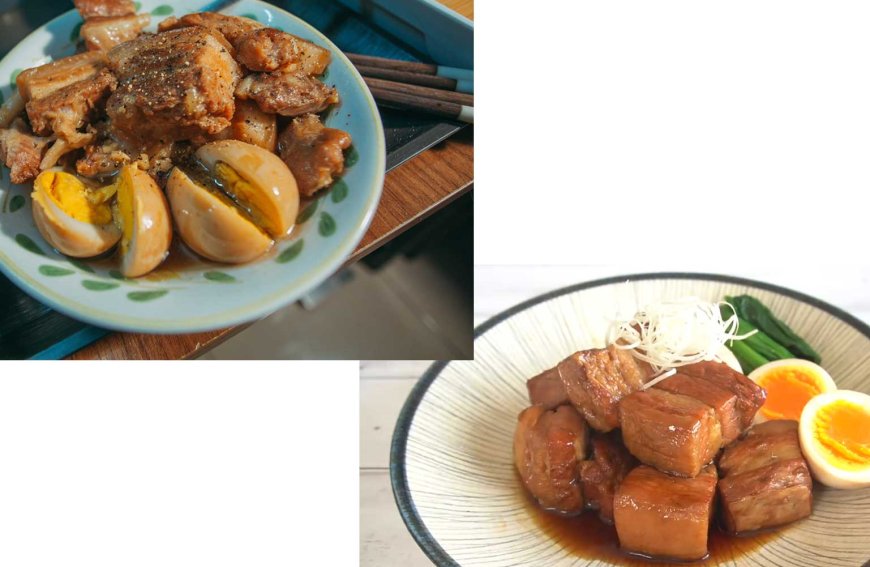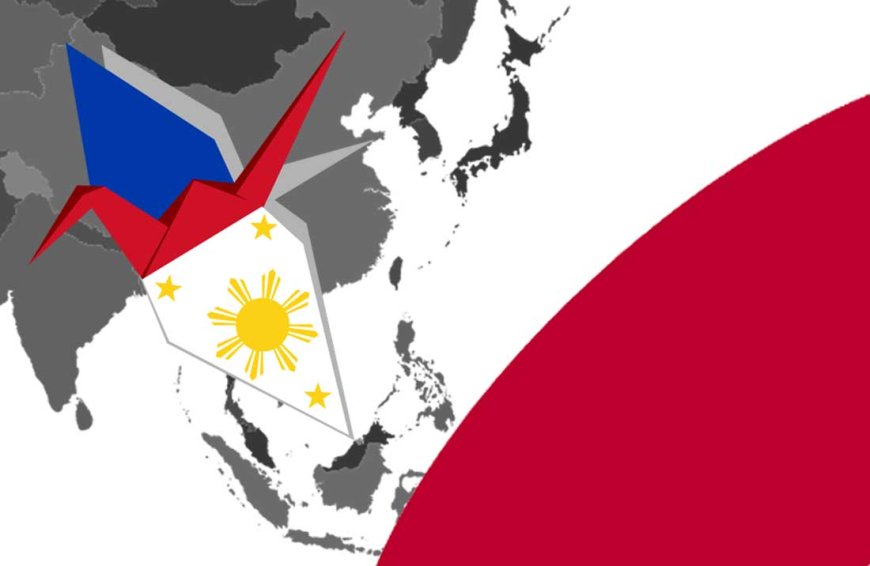Bridging Cultures
Discover the fascinating similarities and unique contrasts between Japan and the Philippines in this captivating article. Explore the shared values of tradition, community, artistic expressions, and culinary delights, while celebrating the diverse customs, festivals, and cultural heritage of each country.

Similarities and Unique Contrasts Between Japan and the Philippines
Japan and the Philippines, two countries situated in different corners of Asia, boast vibrant cultures that have captivated the world. While each country has its distinct traditions and heritage, exploring the fascinating similarities and unique contrasts between Japan and the Philippines reveals a profound connection and a bridge between cultures. Delve into the shared aspects and intriguing differences that define these nations, shedding light on the bonds that unite them and the cultural intricacies that sets them apart.
 A Japanese girl wearing kimono for Shichi-go-san festival by MIKI Yoshihito
A Japanese girl wearing kimono for Shichi-go-san festival by MIKI Yoshihito
Respect for Tradition and Heritage:
Both Japan and the Philippines share a deep-rooted respect for tradition and heritage. In Japan, the concept of "omotenashi" reflects the value of gracious hospitality, where guests are treated with utmost respect and attention to detail. Similarly, in the Philippines, the tradition of "pagmamano" embodies the act of showing respect to elders by taking their hand and gently touching it to one's forehead. These cultural practices exemplify the reverence for traditions that shape the social fabric of both nations.
 "Omotenashi" (おもてなし) means Japanese hospitality
"Omotenashi" (おもてなし) means Japanese hospitality
Strong Sense of Community:
The Japanese and Filipino cultures place great importance on the concept of community. In Japan, the concept of "wa" emphasizes harmony and cooperation within society, promoting a collective mindset. Similarly, the Filipino value of "bayanihan" embodies the spirit of communal unity, where people come together to help one another, particularly in times of need. Whether it's in the form of neighborhood clean-up initiatives or rebuilding communities after natural disasters, the sense of togetherness is a shared value in both countries.
 "Wa" (和) is a Japanese cultural concept translated as "harmony" within the society
"Wa" (和) is a Japanese cultural concept translated as "harmony" within the society
Cultural Festivals:
Japan and the Philippines are known for their vibrant and colorful festivals that showcase their rich cultural heritage. In Japan, the iconic cherry blossom festivals (hanami) celebrate the beauty of spring, while traditional events like Obon and Tanabata honor ancestors and promote community bonds. Similarly, in the Philippines, fiesta or festivals like the Ati-Atihan, Sinulog, and Pahiyas showcase a fusion of indigenous, Spanish, and Christian traditions through lively processions, street dances, and vibrant costumes. These festivals serve as expressions of joy, spirituality, and cultural pride.
 Modern Philippine Terno by Caramoranlandia
Modern Philippine Terno by Caramoranlandia
Artistic Expressions:
Both Japan and the Philippines have a strong tradition of artistic expressions that reflect their respective cultures. In Japan, traditional art forms like ukiyo-e (woodblock printing), tea ceremonies, and intricate kimono designs embody the aesthetic beauty and attention to detail. In the Philippines, the arts find expression in various forms, from vibrant indigenous textiles and intricately woven baskets to the graceful movements of traditional dances such as the Tinikling and the expressive artistry of Filipino martial arts (Arnis/Kali). These artistic traditions not only celebrate creativity but also serve as vehicles for cultural preservation.
 Pork adobo and kakuni (かくに), they look the same and both taste delicious
Pork adobo and kakuni (かくに), they look the same and both taste delicious
Culinary Delights:
Food holds a special place in both Japanese and Filipino cultures, showcasing a harmonious blend of flavors and culinary expertise. While Japan is renowned for its sushi, ramen, and delicate kaiseki cuisine, the Philippines offers a diverse array of dishes such as adobo, sinigang, and lechon. Both cuisines celebrate fresh ingredients, intricate preparation methods, and a balance of flavors, reflecting the importance of food as a cultural cornerstone in both societies.

While Japan and the Philippines have their unique identities, exploring the similarities and contrasts between their cultures reveals a fascinating connection. The shared values of tradition, community, artistic expressions and culinary appreciation demonstrate the deep bonds that bridge these two nations. At the same time, their distinctive customs, festivals, and artistic traditions showcase the rich diversity and individuality of each culture. By celebrating the parallels and appreciating the differences, we gain a deeper understanding of the interconnectedness of the world and the beauty that emerges when cultures come together. Japan and the Philippines serve as a testament to the power of cultural exchange, fostering mutual respect, and fostering a global appreciation for the richness of human heritage.
Find Cheap Flight Tickets to any Destinations in Japan and the Philippines
Nipino.com is committed to providing you with accurate and genuine content. Let us know your opinion by clicking HERE.






























































